#the nymphs are called spittlebugs
Explore tagged Tumblr posts
Text
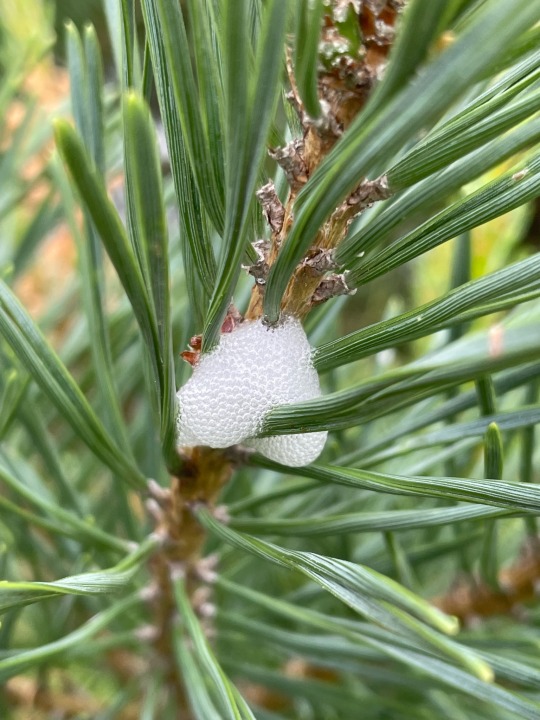
I love froghopper eggs
2 notes
·
View notes
Text
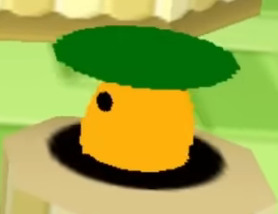
Name: Mahall
Debut: Kirby 64: The Crystal Shards
Kirby 64 is a wonderful, beautiful game! Its art direction allows it to, in my opinion, look incredible even to this very day. That's thanks to the bright, flat colors and simple shapes! So, so very simple shapes. See this creature? This creature is ovals. And I love this collection of ovals!

When first encountered, Mahall will simply be one oval. Just a green circle on the ground. It's giving "Don't mind me!". This circle is a reference to one of the most widespread and beloved ground circles, the manhole cover! We all love manhole cover, that which protects us from falling down a big hole into Rat And Gunk World. That's a disc we can trust. But don't step on this one... this one EXPLODES when stepped upon! Why would it do that?!

This disc is in reality, the operculum of an ambush predator. Mahall, the little yellowish orange lump! It waits in its hole, emerging to attack when Kirby is near. If this thing can cause an explosion while it's lying in wait, one must shudder to imagine what it's capable of when it has a target in its sights...
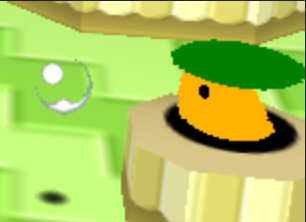
It will blow a bubble! Watch out, if that pops in your eyes it might sting slightly! Someone call a pansexual and an asexual, because Mahall's attack methods are all or nothing. But I love the bubble. It's humble. It's realistic! And Mahall is so extremely simple and abstract that it brings a few creatures to mind...

A blob with a hard, protective covering is as classic as a mollusc can get! I'm not sure Mahall exactly has a SHELL, though. That green thing on its head is much more like an operculum, the flat "door" that many snails use to close off their shells, keeping moisture in and predators out! The eyes of this land snail in the genus Aperostoma are also exactly like Mahall's! That is not impressive, considering they both have the most basic black dot eyes possible, but it's still a fun similarity. Snails are also able to secrete slime bubbles to deal with small intruders! Defensive bubbles are accounted for!

Even more than a snail, Mahall brings to mind a spittlebug! The planthoppers that, as nymphs, secrete a foam of bubbles to hide in and to keep themselves moist, and wow creatures really love being concealed and moist huh? I can't judge, I close the door when I shower! Spittlebug nymphs are some of the cutest babies on the planet, their simple, round, big-eyed heads resembling Mahall's. And of course, they make bubbles! All the time, intentionally, rather than just in case of emergency, like most snails. Maybe Mahall is a baby spittlebug, wearing quite a hat!
I love when a fictional creature reminds me of real creatures so much, especially when the resemblance is clearly unintentional, and the design is so simple. Someone put a bunch of ovals together, and little did they know, someone in the future would be reminded of their dear friends Tropical Land Snail and Spittlebug. Delight can be found in the simplest of places, if you're willing to welcome it!
#mahall#kirby#kirby 64#kirby 64 the crystal shards#kirby enemies#not mario#funky friday#mod chikako#snails#insects
75 notes
·
View notes
Photo
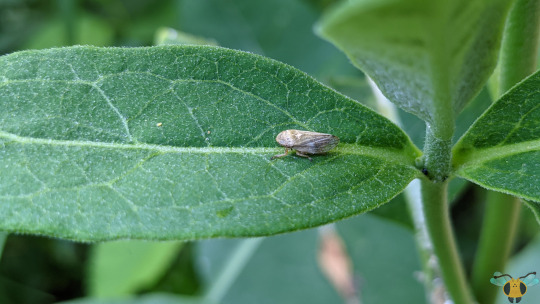
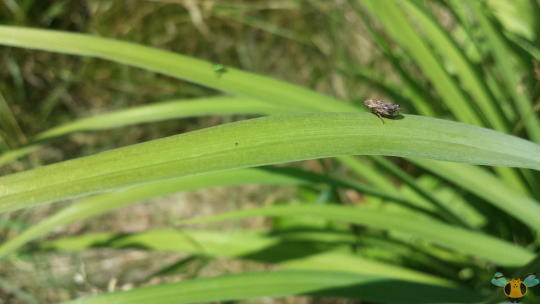
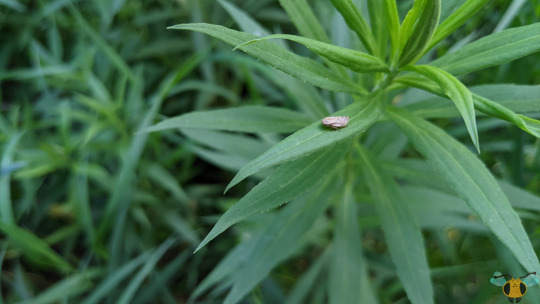
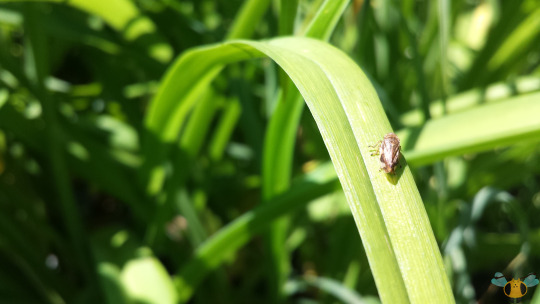
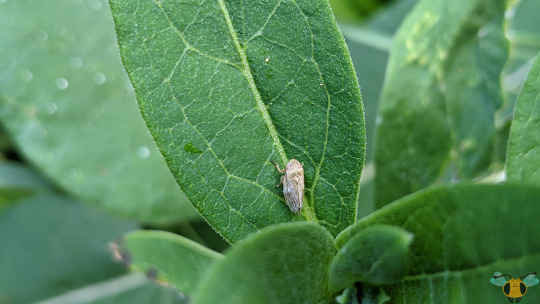
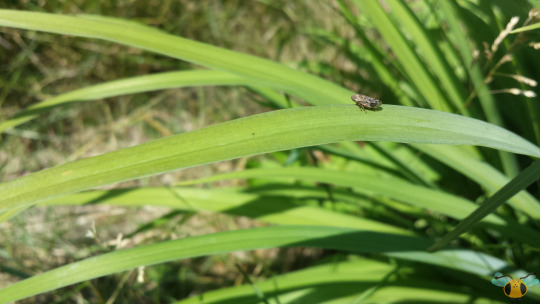
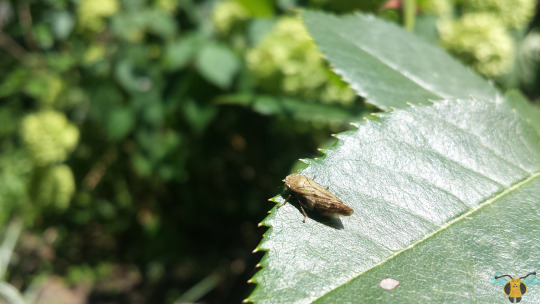
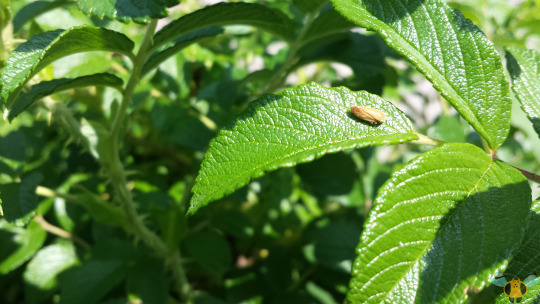
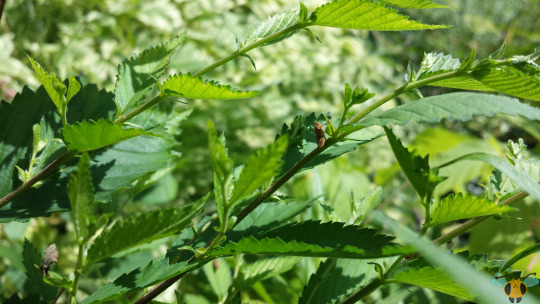
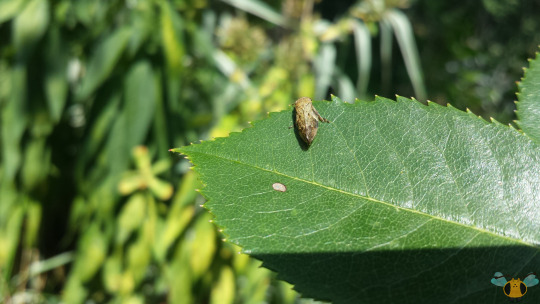
Meadow Spittlebug - Philaenus spumarius
The young Spittlebugs spend most of their lives hidden away in plant recesses covered in a frothy, foamy mass. In there, they can consume plant juices at their leisure, stay hidden from predators and avoid drying out. It’s their best choice to make since outside the foam they’re rather soft-bodied, lack defenses and aren’t too quick (as they lack the ability to hop and jump). But of course, they can’t stay young forever and eventually leave the foam after one final molt into adulthood, leaping off into the green beyond. That’s what this post is here to showcase: the fully grown adult Meadow Spittlebug, solid and fully developed, leaping around on (or around) the plants it once called home. Typically, I’ve found the nymphs nestled in goldenrod, but they apparently have a WIDE range of plants that they call food, and thus many hosts to froth up. Without goldenrod in our yards anymore, I’ve only see the occasional nymph, but year after year there have been many Meadow Spittlebugs to see, each one more unique than the last! As a quick search on Bugguide will show you, P. spumarius has a variable appearance in adulthood,
While researching this insect, I’ve found an illustration on Bugguide that effectively displays the variability of patterns (from a dorsal view) one could expect if searching for specimens. With their great range of body patterns featuring combinations of brown, white and black, I’m particularly fond of the more intricate ones or those whose wings are solid colors. So many patterns and colors, and yet they are all considered the same specie! It’s like the Asian Ladybug all over again. However, just like the Asian Ladybug, there must be some commonalities across most of the patterns that allows for effective identification. According to Bugguide, this specie has prominent wing veins (the ones closer to the body) and has either a predominantly black-colored body, or two small spots on the tip of their head, like two tiny nostrils. Being perfectly honest, I didn’t look for spots at first but after learning what to look for, I’m absolutely astonished! Such a small detail and the code was cracked! It’s not that simple for a photographer though, as the little hoppers don’t like to look at you directly and would rather zip away by hoping from plant to plant. Keep an eye out for them throughout the summer, and a second eye on any fruiting plants you may have for signs of damage.
Pictures were taken on August 26, 2017 and July 7, 2019 with a Samsaung Galaxy S4, and on June 16, 2021 with a Google Pixel 4.
#jonny’s insect catalogue#ontario insect#spittlebug#meadow spittlebug#hemiptera#auchenorrhyncha#true bug#insect#toronto#august2017#2017#july2019#2019#june2021#2021#entomology#nature#invertebrates#arthropods#photography#animals
2 notes
·
View notes
Text
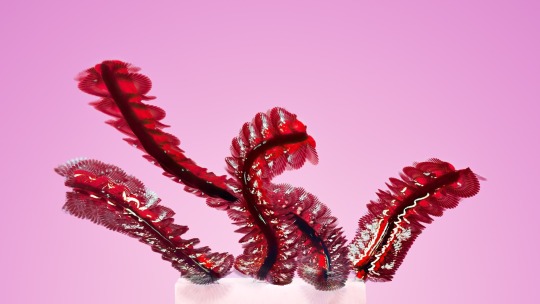
A common ladybug species, these multi-colored Asian lady beetles inhabit various regions around the world. They move slowly on land but can reach speeds of up to 37 miles an hour in the air.
These Photos Are Works Of Art And The Artists Are Bugs
A Photographer’s Innovative Technique Reveals the Flight Paths of Insects in Exquisitely Alluring Ways.
— Photographs By Xavi Bou | March 25, 2024 | ByAnnie Roth
Movements of flying insects make them tough to track, but technological advances and some creative thinking have allowed Spanish photographer Xavi Bou to do just that. After spending 10 years concentrating on birds in flight for his Ornithographies project, he shifted his focus to bugs.
For Entomographies, he uses high-speed video footage taken by Adrian Smith, an entomologist at North Carolina State University, to decode and document insect trajectories. Then Bou selects multiple frames and merges them into single images that convey the rapid motions through space and time of one or more animals.
With Smith’s help, Bou has mapped the aerial acrobatics of wasps, the leaps of leafhoppers, and the flutters of butterflies in stunning detail. In doing so, he hopes to raise awareness about the decline of key insect populations worldwide. “It’s happening in front of our eyes, and we are not paying attention,” Bou says.
Zebra Longwing
This butterfly, found in many parts of the Americas, lives up to its name. The insect can soar to great heights with just a few beats of its supersize wings.

Two-Lined Spittlebug
This insect, native to the eastern United States, is often called a pest because of its taste for turf. Spring-loaded hind legs can launch the animal into the air like a rocket.
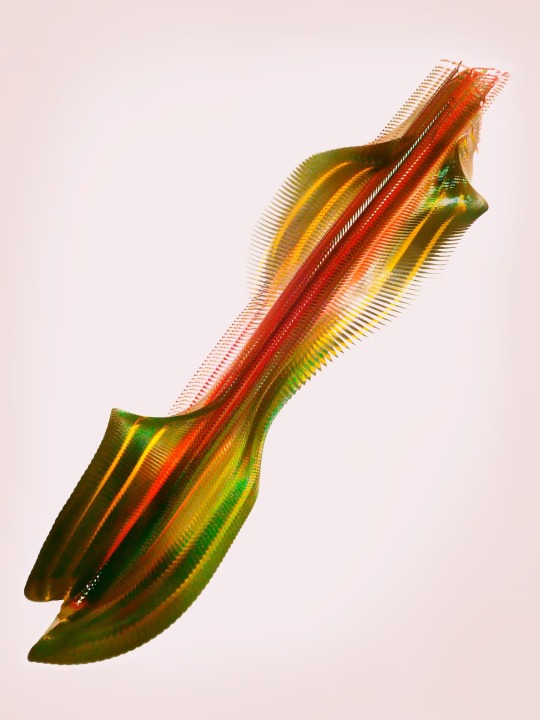
Yellow-Collared Scape Moth
Unlike most moths, this North American species can be seen flying during the day, with its iridescent blue-black wings that shimmer in sunlight.
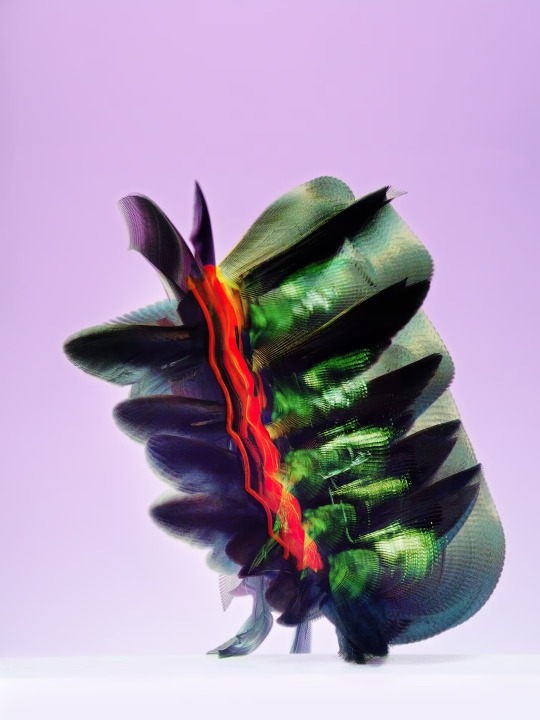
Ailanthus Webworm Moths
These tropical moths have moved farther north in the U.S. Thanks to their larval host, the invasive tree of heaven, they are among the most widespread backyard moths in the country.
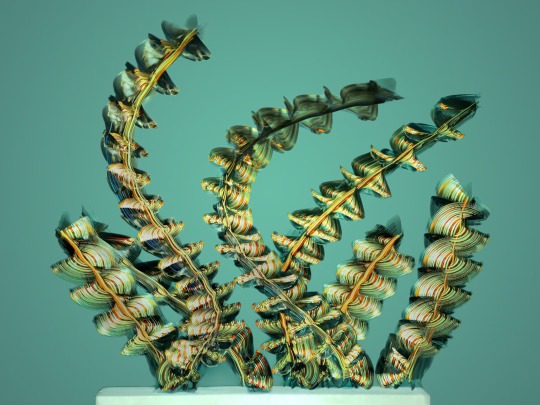
Common Stonefly
Found mainly in eastern North America, this insect spends time as an underwater nymph, often in forested streams or rivers. Then it emerges from its aquatic environment, molts into an adult, and gains its wings.
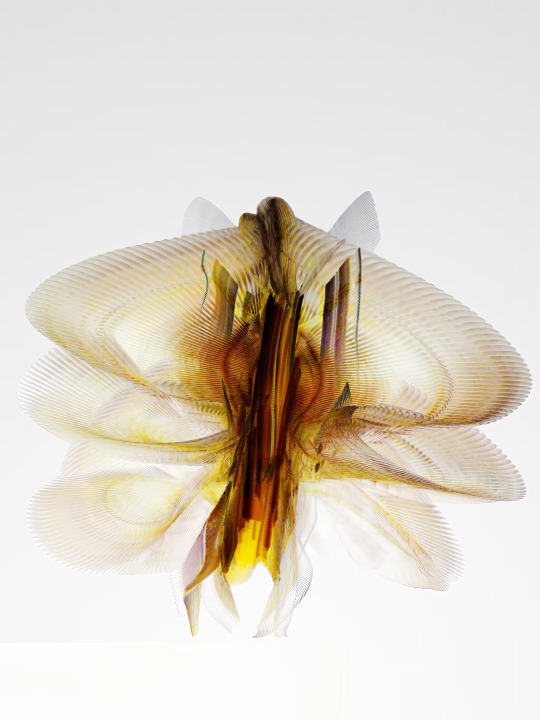
Green Lacewings
Eighty-seven species of this insect have been recorded in the U.S. and Canada. Because they have hearty appetites for unwanted plant visitors such as aphids and mites, they’re often used for biological control of pests.

Grapevine Beetle
This insect, with an apt name, feeds on the leaves and fruit of grapevines, both wild and cultivated, but it does little harm to the plants. A type of scarab beetle, it often flies in a curved path.
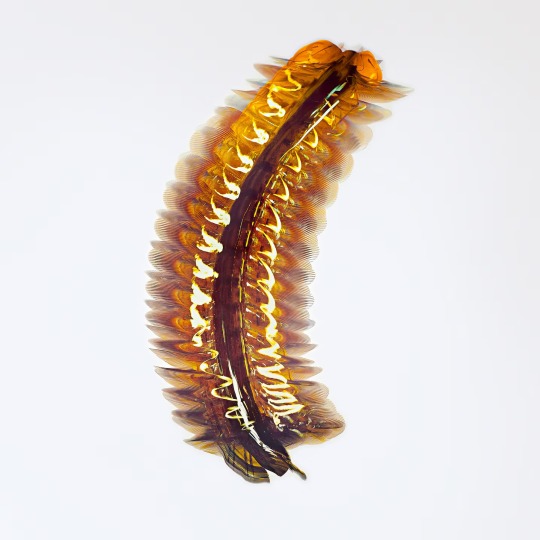
Oak Treehopper and Green Treehopper
Treehoppers are known for their distinctively shaped pronotum, the area behind the head, that often mimics parts of plants to provide camouflage from predators. Specialized muscles provide their jumping ability.
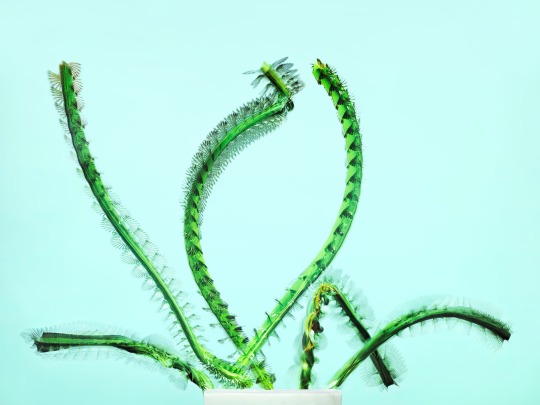
Banded Orange
This strikingly colored butterfly has a range that stretches from Mexico to Brazil. Before the mating season begins, males seek mineral salts, sometimes even drinking briny secretions from the skin, eyes, and nostrils of other animals.
Sapho Longwing
Longwings can live for six to seven months, a longer life span than most butterflies. This variety, ranging from Mexico to Ecuador, has lustrous blue on its wings, which inspired another of its common names: Sapphire longwing.
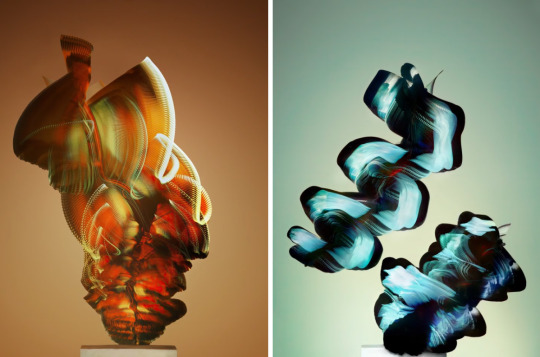
1 note
·
View note
Text
30 Days Wild, Days 6-8
Been pretty frazzled over the last few days, so didn’t get around to posting on Tumblr.
Anyway, day 6 was pretty frantic, so I only had time for a quick breather in the garden for my ‘wild’ activity for the day. Still, certainly wasn’t a waste: I saw that the Japanese Wisteria had flowered, and I spotted some moths:

I believe the moth in the middle is a Garden Carpet, while the tiny moth on the left is probably a Common Marble
Day 7 was a little slower, but quite overcast - I wasn’t able to spot much fluttering about on my walk in the garden. I did however spot that a lone strawberry plant had survived the neglect of our strawberry patch, and sported a little spot of foam on one of its leaves:

This is the home of the nymph stage of a froghopper, and here in the UK we call this foam ‘cuckoospit’ because it starts appearing at around the time you start to hear cuckoos in the spring. I recently saw that one of the UK tabloids was spreading misinformation about it being poisonous or something - it is completely and utterly harmless. It just provides a nice home for the little ‘spittlebug’ developing inside. I mean, I doubt it tastes very nice, but I’m not one to go around licking globs of foam off of plants. As I saw people pointing out on Twitter, it kind of sucks that misinformation about bugs is getting plastered across newspapers while we’re facing major species decline here in the UK.
Today, I spent quite a while out in the garden, working on building my bug hotel:

I’ll fully admit that I’m no carpenter, but I’m pretty proud of the effort anyway - it’s relatively sturdy given that it was made out of recycled wood from old pallets. I’m still looking for a few more materials to finish it out, but in the meantime it has:
- a ‘log’ pile for woodlice and centipedes - drilled wood and sawn bones for solitary bees - dry leaves and rotting wood for leaf-litter critters - soil for soil-dwelling critters - holey bricks and broken pots for amphibians, slugs and snails - horseshoe for good luck
I also spotted an Azure Damselfly hovering around the Mexican Orange Blossom plant - gotta love that vibrant blue colouring!
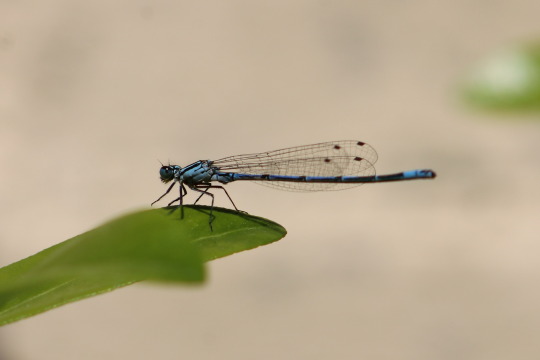
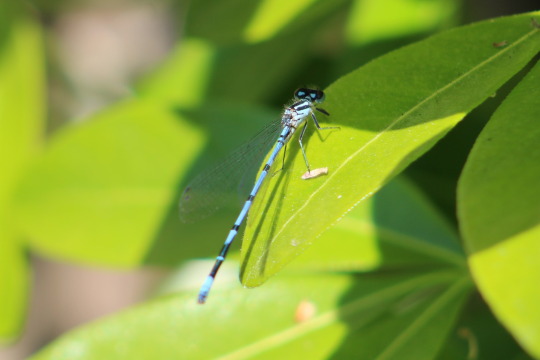
1 note
·
View note
Text
Today’s tidbit of information is about all those clusters of spit bubbles you see in your grass on a dewy morning. They’re protective foam capsules for a nymph known as a spittlebug! Get it? Spittlebug! Anyway, they slowly turn into this bug called a froghopper which is pretty cool too. :p
6 notes
·
View notes
Text
What is the strangest natural substance you have ever encountered?

A couple of years ago, I noticed small transparent bubbles in a whitish foam on a bush in our front garden. There were several leaves with this foam on them. I asked the neighbour. Yes the neighbour had come across them over the years in his garden. The common name for them was frog’s spit, or spittle.
Although I have a background in biology, I didn’t have a clue what it might be although I was certain it was of biological origin. I did some research and this is what I learned.
It is caused by an insect called a spittlebug or froghopper, in the Cecropidae family (also in the newly created families Aphrophoridae and Clastopteridae), and goes by the name of frog spit, cuckoo spit or snake spit.
If you closely examine the contents of the frog’s spit, inside you’ll come across this critter, the spittlebug nymph.

The young form of the insect, called a nymph, pierces the stem of its host plant and uses the sap that flows from it to make the bubbles in question, inflating them with air from a special opening on its underside. Not only does this spittle conceal the nymph from predators, it insulates it from sudden temperature changes and prevents it from drying out. Moreover, the foam has an acrid taste, enough to keep even the most stubborn predators at bay.
There are over 850 species of spittlebugs throughout the world.
It was nice to know my garden had a supply of such bugs.
0 notes
Text
Cuckoo Spit
‘Cuckoo spit’ is so-called because it appears when the Cuckoo can be heard in spring, but it has nothing to do with the bird! The frothy white bubbles that you see clustered around young stems or leaves are secreted by the nymphs of Froghoppers, also known as Spittlebugs. The frothy bubbles contain one nymph of the Froghopper Each blob contains just one tiny nymph, which is protected and kept…

View On WordPress
0 notes
Photo

June 4, 2017
A: Spittlebugs! The nymphs of what are sometimes called froghoppers use this saliva-like substance for protection, hiding, and heat and moisture control. —photo by Justin Raymond
0 notes